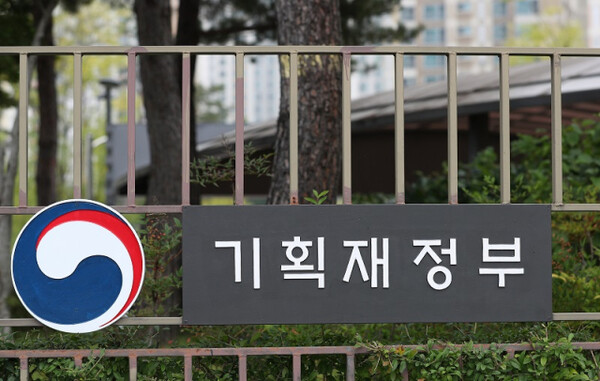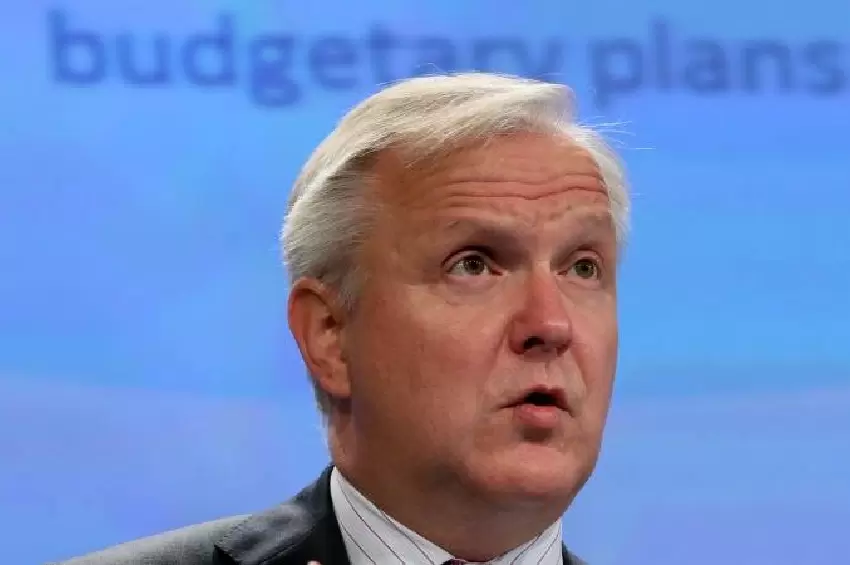South Korea's Public Sector Debt Reaches Nearly 70% of GDP
In a recent report, South Korea's Ministry of Economy and Finance revealed that the nation's public sector debt last year surpassed 1,670 trillion won, accounting for nearly 70% of the country's gross domestic product (GDP). This marks a significant increase from previous years, with the general government debt (D2) ratio to GDP also exceeding 50% for the first time. Despite these increases, the rate of debt growth has slowed compared to previous years.

According to the "2023 Fiscal Year General Government and Public Sector Debt" report, the public sector debt totaled 1,673.3 trillion won, an increase of 84.6 trillion won from 2022. This rise brought the public sector debt to GDP ratio to 69.7%, up 1.3 percentage points from the previous year. The general government debt, which includes central and local finances and non-profit public institutions, amounted to 1,217.3 trillion won, a 60.1 trillion won increase from the previous year.
A Ministry of Economy and Finance official attributed the increase in general government debt mainly to the rise in central government accounts and funds, including a 58.6 trillion won increase in treasury bonds. Despite the overall increase, the rate of debt growth has slowed, suggesting that fiscal policies and expenditure restructuring are gradually taking effect.









Comments